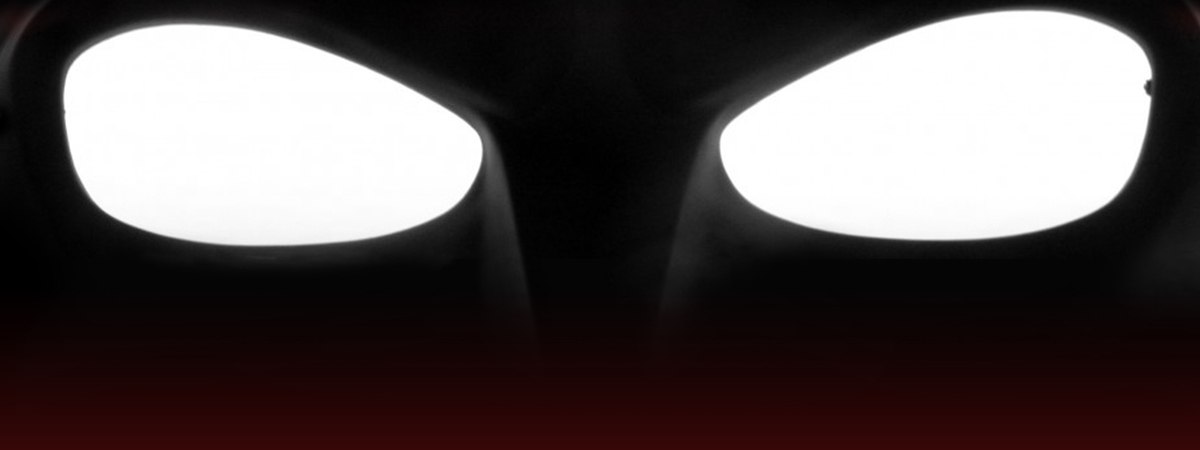
The wedding of Jean-Paul Beaubier and Kyle Jinadu in Astonishing X-Men#51 this week is the latest reason to celebrate our love of mutant super heroes. The X-Men represent diversity and overcoming differences. These heroes don’t just fight bad guys. They fight discrimination and intolerance.
When Stan Lee created X-Men #1 his young heroes had powers because of genetics. You might say Stan the Man came up with “Born This Way” before Lady Gaga made it a pop anthem. Professor Xavier taught his students how to use their powers for the good of all humanity. Erik Lensherr was a Jew and his horrific experiences in World War II brought him into direct conflict with Xavier’s teachings and he became the X-Men’s number one enemy: Magneto.
In the 1970’s Len Wein and Dave Cockrum helped introduce the “all new, all different” X-Men. The team’s new additions reflected the changing world. Ororo Munroe aka Storm was an African (later revealed to be African-American) woman. John Proudstar/Thunderbird was an Apache Native American. His brother James would eventually take the code name Warpath and become an X-Man. Shiro Yoshida was the first Asian X-Man called Sunfire. The Japanese hero who later lead his own team and title: Big Hero Six.
German Kurt Wager is still my favorite X-Man. Nightcrawler lived the ultimate in irony. Kurt was a compassionate, devoted Catholic. Kurt had a sweet soul but genetics gave him the appearance of a demon. My other favorite is Kitty Pryde, a Jewish girl from Chicago who joined the X-Men as a teenager. Kitty was frightened of Kurt for years and their evolving friendship was one of my favorite ongoing storylines.

Writer Chris Claremont was the creative force behind the X-Men for nearly two decades. Claremont made Storm leader of the team. In the early 1980’s having an African-American female in charge of the team was a breakthrough moment. Storm would fall in love with Forge, a Native American mutant and Vietnam veteran. Storm would later become leader of X-Treme X-Men, the Queen of Wakanda (she married the Black Panther) and became an Avenger. Storm is currently leads the security team in X-Men.
Claremont explored the issue of apartheid with the creation of Genosha. On this island nation off the African coast mutants were enslaved and considered natural resources not equal citizens. The X-Men were involved in liberating the mutants of the nation over several storylines.
Claremont was creator of the future generation of X-Men. The New Mutants continued the legacy of creating diversity. Danielle Moonstar was a Cheyenne Native American and became team leader. Karma was a devout Catholic from Vietnam. Karma is now a lesbian and part of the Astonishing X-Men team. Sunspot was Brazilian. An attack and racial remark on the soccer field is what first triggered Roberto DaCosta’s mutant power. Danielle and Roberto are part of a team living in San Fransisco.

John Byrne was a co-plotter and artist on the early Claremont era. Byrne created the Canadian team Alpha Flight including Northstar. Byrne said he intended to have Jean Paul come out back in the 1980’s but it was against editorial policy at the time and the comics code authority. In 1992 Northstar came out in Alpha Flight #106 under writer Scott Lobdell.
The 1990’s saw a new explosion of diverse characters. Lobdell and Fabian Nicieza were the primary writers of the X-Men in this decade. Lobdell co-created Generation X which included Skin, a Hispanic American who escaped from gang life in Los Angeles to join the team. M (Monet St. Croix) is Algerian, Muslim and is now a popular member of X-Factor. The X-Men welcomed Bishop, an African-American X-Man from the future. Dr. Cecilia Reyes is a doctor of Puerto Rican background. She reluctantly joined the team but focused on her career as a surgeon instead of being a superhero. Neal Shaara is a Hindi from India who joined the X-treme team. Jubilee is an Asian-American “mall rat” who joined the X-Men and Generation X. Wolverine’s former sidekick is now a vampire. This is yet another example of how X-writers explore differences while telling a compelling action story as Jubilee fights to control her vampire hunger and hold on to her humanity.

The 21st century saw the creation of more mutant heroes from diverse backgrounds. Dust is a devout Muslim girl who always wears her burka. Wolverine rescued Sooraya from Afghanistan. Oya of Generation Hope is from Kenya and her religious beliefs make her think of she and all mutants a monsters. Oya is currently in Wolverine and the X-Men as the new Jean Grey School. Frenzy is an African-American ex-villain who recently joined X-Men Legacy in her search for redemption.

Peter David pushes boundaries in X-Factor. After years of hinting that they were attracted to each other Shatterstar (a warrior from another dimension) and Mexican mutant Rictor fell in love. It’s not all perfect for this mutant couple because they often fight because of Shatterstar’s flirting. X-Factor has been nominated by GLAAD for Outstanding Comic Book Series. Other GLBT characters in the X-family include Anole, Bling and Graymalkin.
The X-Men writers and editors have always reflected our world. Characters and storylines have been a way to directly or indirectly explore the issues of race, religion and sexual orientation. X-Men will always be a best-selling title because we can see ourselves, the conflict and the hope that we’ll learn from our differences, survive and thrive.
By Editor
I know there’s probably a favorite mutant I may have left out of this story. Please add a comment or email me who you think deserves to be added.
